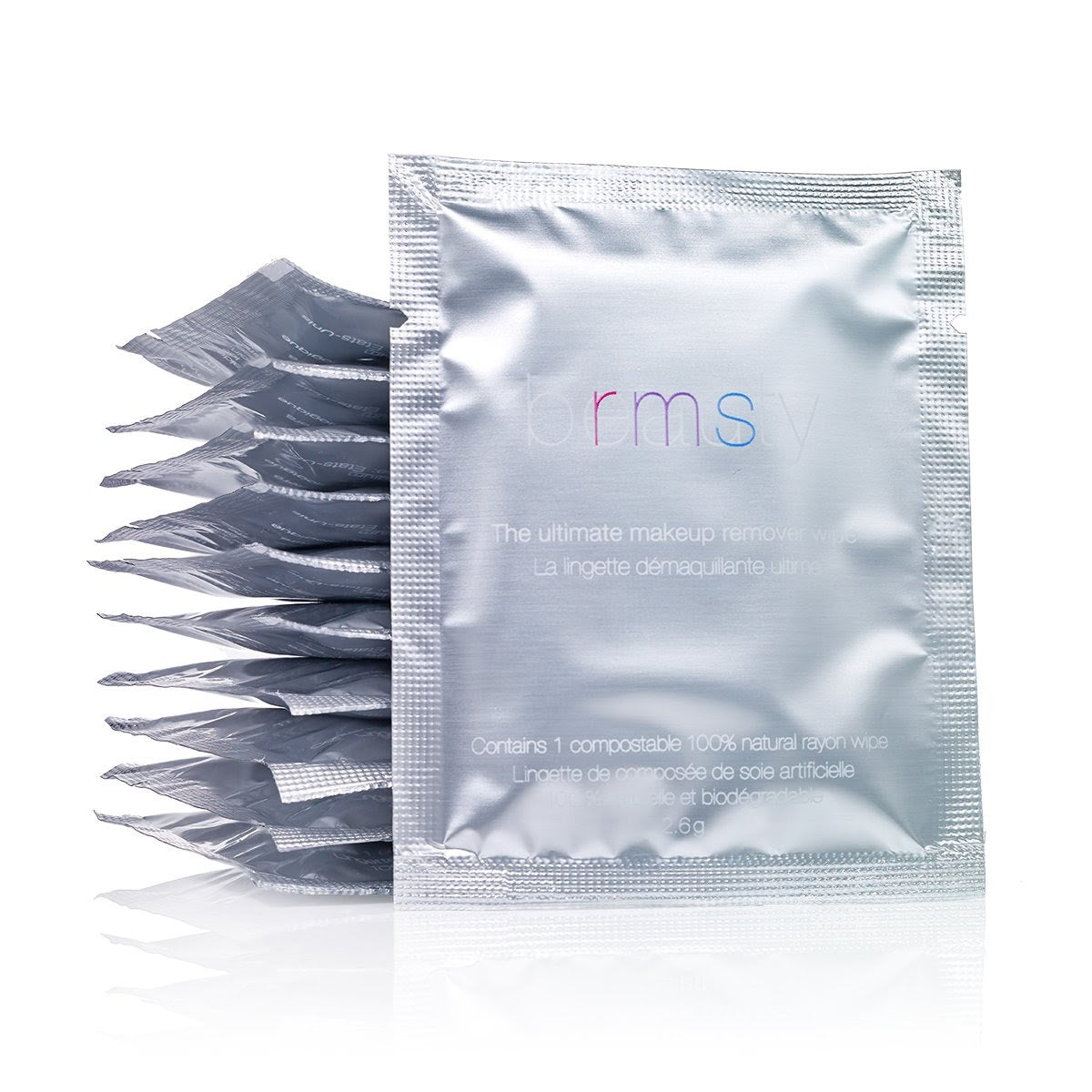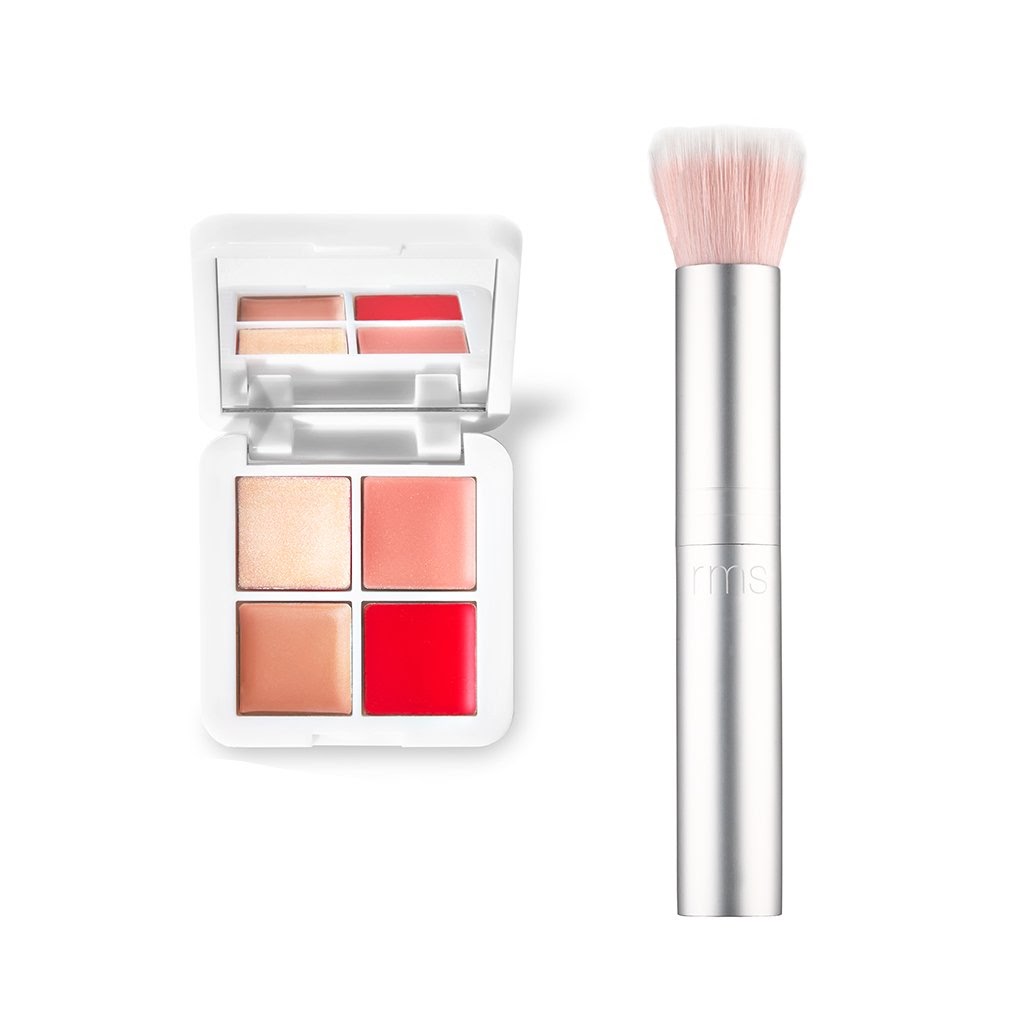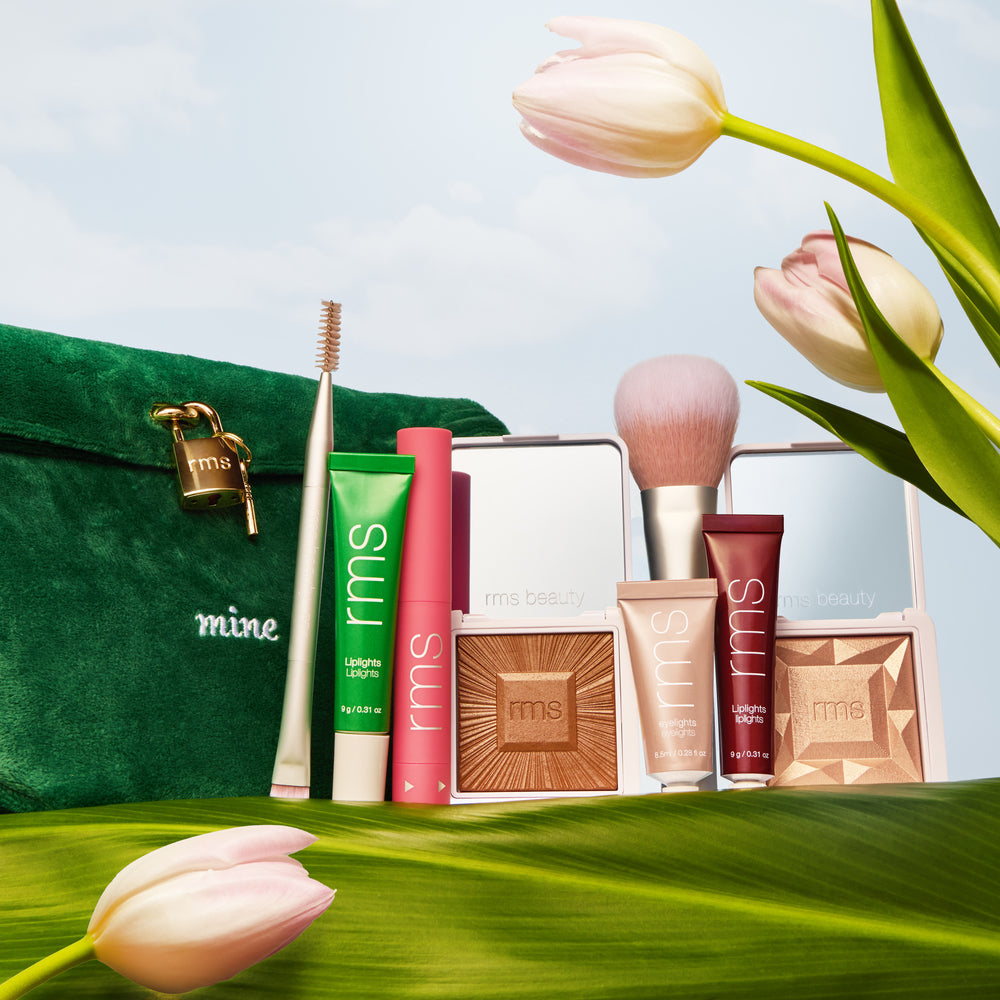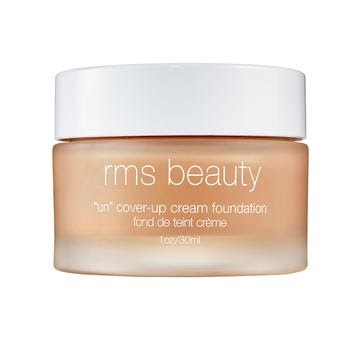How To Remove Waterproof Mascara

Weddings, funerals, workouts, and warm weather all have something in common: they require waterproof mascara.
A good waterproof mascara can withstand sweat, tears, and humidity, but sometimes it seems like getting it off your lashes without damaging them is virtually impossible.
Before you apply two coats of your favorite no-smudge, waterproof mascara, learn what makes it work, how to take it off correctly, and which makeup removes work best.
What Makes Mascara “Waterproof”
It’s not magic, it’s ingredients. Waterproof mascaras contain chemicals and compounds that resist water. Some of these ingredients are less desirable than others in terms of the effects they can have on your eyes, skin, and body.
Film Formers
Film formers are a popular waterproofing ingredient commonly added to mascara formulations. These chemicals are synthetic and include acrylates, silicones, and polymers.
A film former works by creating a watertight cover over the surface of your lashes that prevents water from intruding. Film formers can also be added to other types of cosmetics.
Silicones
Silicones are chemicals that create a slick, smooth surface on your lashes. This surface causes water to bead up and roll off on contact. Silicones work well to repel water, but at a cost. They can cause allergic reactions and eye sensitivity.
Polymers
Polymers are chemicals made of large molecules. These large molecules allow a polymer to cover your lashes and protect against water and sweat. Polymers are only water-resistant, they aren’t completely waterproof.
Polymers are long-lasting, but they do eventually wear off. If you’re planning a day at the beach, a polymer-based waterproof mascara could leave you with mascara-streaked cheeks.
Dimethicone
Dimethicone is another type of polymer made of molecules that are very large. These large molecules are not easily absorbed by the skin. Dimethicone leaves a slippery surface where it is applied which causes water to bead and roll away.
Dimethicone can be a skin sensitizer, but it’s also bad for the environment. Dimethicone is not biodegradable, and its presence in natural water supplies can affect populations of fish.
Waxes
The safest alternative to chemical-based waterproof mascaras is wax-based mascaras. Plant-based waxes leave a slippery, water-resistant barrier on the lashes that causes water to bead up and roll away like their chemical counterparts. These waxes work the same way to protect the leaves of plants.
Do I Have To Remove Waterproof Mascara Differently Than Regular Mascara?
Regular mascara might be easily removed with your facial cleanser and water. Waterproof mascara’s durability and long-wearing effects require a little more effort for removal. This is especially important if you use a waterproof mascara with a film former, silicone, or polymer.
If you attempt to remove your waterproof mascara the same way you remove your regular mascara, you will either end up not removing the product at all, or scrubbing your lashes to the point of damaging them.
How Do I Remove Waterproof Mascara?
You can remove waterproof mascara by using a makeup remover strong enough to break down the chemical bonds that hold it to your lashes. However, you don’t need to use a chemical-based makeup remover to remove stubborn mascara.
Choose the Right Remover
The easiest and cleanest way to remove your waterproof mascara is by using a natural, plant-based oil. Coconut oil works well to remove even the toughest layers of mascara, and poses no threat to your eye health or the surrounding skin.
RMS Beauty Makeup Wipes contain certified organic, cold centrifuged raw coconut oil that is pure and untouched by heat or chemical extraction. These wipes are perfect for keeping on hand and by your bedside, so you’re never tempted to fall asleep with your makeup on.
Try Coconut Cream with a Cotton Pad or Tissue
Raw coconut cream and a cotton pad can also remove waterproof mascara. Make sure you are using a cotton pad, not a cotton ball, as a cotton ball can leave fibers attached to your lashes that end up in your eyes.
Warm a small amount of raw, organic coconut cream between your fingers and gently spread it over your lashes in a gentle motion to loosen the mascara. Then, using a cotton pad or tissue, gently wipe the mascara from your lashes.
You may need to apply another coat of coconut cream to get all your mascara off, depending on the original formula of the mascara.
Be Gentle: Don’t Scrub, Rub or Pull
To avoid unintentionally removing your lashes along with your mascara, never scrub, rub, or pull on your lashes to remove the product. Not only can you cause serious damage to your lashes, but you can also irritate the delicate eye skin surrounding your lashes and even cause some of the product to enter your eyes.
Hold the Remover on Your Lid
When using a coconut oil-based remover, remember that coconut oil warms and becomes more pliable when held against the skin.
Whether you’re using a wipe or straight coconut cream, allow the remover to sit on your lashes for a few seconds before wiping off. This allows it time to begin to dissolve the bonds of your mascara so the mascara easily slides off.
Lightly Massage in the Direction of Your Lashes
Never rub your lashes up or back to remove mascara. Instead, sweep your makeup remover downward and gently massage the makeup remover in a downward direction. Even though your mascara is applied to the inside of your lashes, you can still remove it by closing your eye and using your makeup remover on the backside.
Keep Your Eyes Closed
Even if your makeup remover is gentle, the chemicals in your mascara may not be, unless you’re using an incredibly clean mascara formulated with plant-based ingredients.
When you are removing your mascara, keep your eyes closed. Splash your eyes with lukewarm water after you’ve removed your mascara to ensure no product is left on your lashes that could fall into your eyes.
Spot Clean with a Q-Tip
The lashes at the corners of your eyes can be hard to reach with makeup remover. You may also find stubborn areas of product still stuck to your lash line. Instead of scrubbing harder, grab a Q-tip and apply a little coconut cream to the end.
Gently roll the Q-tip over the area of your lashes or lash line that still has mascara to easily remove it.
Avoid loosely wrapped Q-tips as the fibers can get stuck in the lashes — a tightly wound Q-tip is much better.
Double Cleanse (Optional)
After you remove your mascara, follow up with your favorite skin cleanser to ensure all the makeup has been removed from your lashes, if desired. It isn’t necessary though as it can also strip too much of your natural oils.
Raw coconut cream works amazingly well as an all-over facial cleanser. Its antimicrobial properties help remove dirt and oil from your skin without stripping or over-drying.
What Should I Look for in a Makeup Remover?
No need to apply chemicals on top of more chemicals. If you’re looking for a makeup remover that is the cleanest and greenest available, you know RMS Beauty has the solution.
The Cleanest Ingredients
Nature has the essential ingredients to help keep our skin healthy and clean. Coconut cream is one of the best natural makeup removers available. It easily slides away makeup, surface oil, and dirt to leave your skin incredibly clean.
A Gentle Formula
Even difficult-to-remove waterproof mascara can be easily removed with a gentle makeup remover. Coconut oil wipes are powerfully effective yet won’t leave your skin stripped of moisture or cause irritation.
Cruelty-Free Beauty
Beauty should bring joy, not cause harm to other living beings, your own body, or damage the environment. When you choose makeup removers that are clean and natural, you protect your body and your conscience.
Which Ingredients Should I Avoid?
Want to make sure your makeup removers are the cleanest available? You can always trust the products available from RMS Beauty.
Here’s a list of ingredients you’ll never find in any of our makeup-removing products.
Alcohol-Based Products
Alcohol is drying on the skin and can cause your lashes to become dry. Alcohol is also too harsh to be used near your eyes. It can cause serious irritation and discomfort, not to mention it will naturally cause the delicate skin around your eyes to dry out since there are no sebaceous glands there.
Petroleum
Petroleum can sneak into makeup removers because it is oily and can help makeup slide off. Mineral oil and paraffin are both derivatives of petroleum that are undesirable and should be avoided.
Petroleum that hasn’t been fully refined (and most of the petroleum in the U.S. hasn’t been) can contain hazardous, carcinogenic chemicals called polycyclic aromatic hydrocarbons (PAHs). These chemicals are dangerous for both your body and the environment.
Synthetic Fragrance
In the United States, synthetic fragrance is proprietary. That means the FDA doesn’t require a company to list all the ingredients it uses to produce its products’ scents. Could your makeup wipes contain toxins, even though you don’t see them on the label? They might, especially if you see “synthetic fragrance” on the ingredients list.
Waterproof Mascara, Be Gone!
Waterproof mascara can help get you through tears, sweat, and a Tahitian vacation, but make sure you’re using the proper products and methods to remove it.
Gentle, plant-based formulas are experts at removing waterproof mascara.
Trust the cleanest, greenest makeup removing products for your waterproof makeup removal, available exclusively from RMS Beauty. Our raw Coconut Oil gets everything off, from working to slide off thick Hollywood prosthetics, to being the choice remover for even the heaviest eleganza makeup on Ru Paul’s Drag Race (and that’s a fact!).
Sources:
Silicones | Online Library.Wiley




